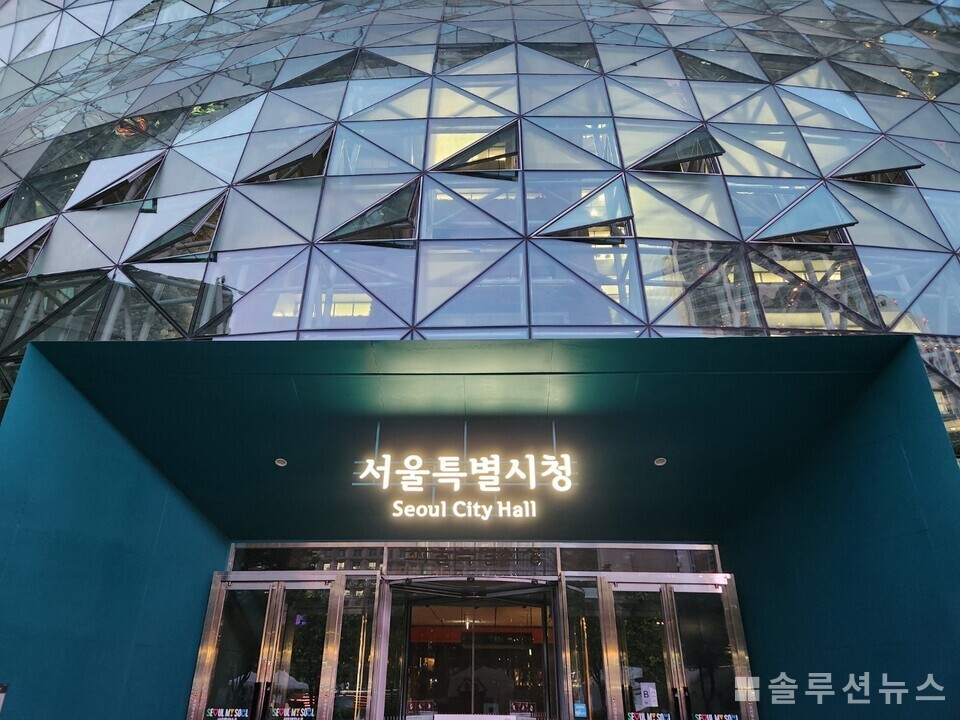The Seoul Metropolitan Government announced that it is temporarily easing the floor area ratio for small-scale buildings in general residential areas of type 2 and 3, according to the revised ‘City Planning Ordinance’ on May 19.
On September 16, the city held a joint briefing session for district offices to guide them on operational standards for building permits of small-scale buildings. The session shared the purpose and intent of the policy, criteria for easing floor area ratios, and application methods by type. It also held a Q&A session focused on practical examples to address potential issues in the field. The city plans to provide follow-up consultations and education as needed.
Since the implementation of the policy, a total of 142 building permits have been granted with the eased floor area ratio. This includes various uses such as single-family homes, multi-family residences, public buildings, and neighborhood living facilities, demonstrating its application across both residential and non-residential areas.
In particular, a neighborhood living facility in Yeoksam-dong, Gangnam-gu, achieved up to 360% floor area ratio, surpassing the enforcement limit of 300% through intelligent building and zero energy certifications. The city explained that such cases demonstrate the policy’s practical success.

The city stated that this regulatory relaxation is contributing to the activation of small-scale construction and the expansion of housing supply, with a significant number of urban and architectural committee reviews underway since September.
Cho Nam-joon, head of Seoul’s Urban Space Headquarters, said, “We expect the joint briefing sessions to enhance district offices’ understanding and facilitate smooth application in the field. We will continue to manage the stable settlement of Regulation Abolition No. 33 to ensure citizens’ housing choices and support the recovery of the construction industry.”